Quite a few things have changed with Windows 10, but one of the more central features that has received a makeover is the old Windows Explorer program, which has been renamed to File Explorer in this version.
You can still locate and launch all of the files and folders you have stored on your various drives using File Explorer, but there are a few new tricks and optimizations that hope to make the entire experience even easier. I'll go over some of the biggest changes below.
Using the New Ribbon Menu to Access Additional Options
With Windows 8, Microsoft introduced a new menu format for the file explorer, and this has been carried over into Windows 10. So if you upgraded directly from Windows 7, this new menu style will be new to you.
Much like recent versions of Microsoft Office, the new File Explorer uses what is called a Ribbon menu. When you click one of the menu options near the top of the screen (File, Home, Share, or View), this new menu will appear.
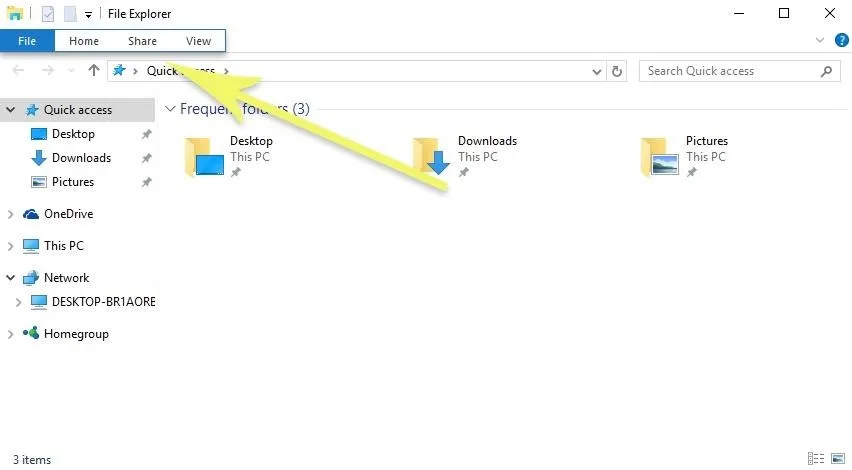
It's called a Ribbon because the options that appear when you click a menu category are horizontally oriented, with easy-to-read icons and entries. For instance, in the Home category, you'll find options for copying, pasting, selecting, and deleting files.

The Share ribbon menu, on the other hand, gives you an easy way to share a file to another app or send it via email. You can also add files to a ZIP archive, burn them to a disc, or even print and fax your files directly from this menu.

Inside the View ribbon menu, you'll find options for changing the way your File Explorer window looks and feels. Here, you can increase the size of icons, switch to a list-view, opt to display hidden files, and even hide file extensions, among other options.

Using the New Search Feature
Much like previous versions of Windows, there's a handy search box in the top-right corner of the File Explorer, but a few things have changed. Now, this search box will only look for files and folders within the folder or drive you've currently selected, so that helps narrow things down quite a bit.
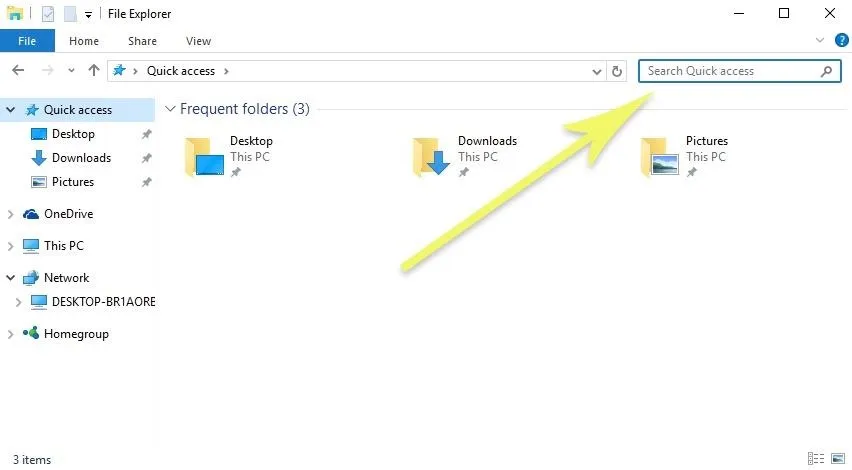
Once you're searching for files or folders within a specified storage location, you may decide that you want to narrow your search or modify it altogether. If this is the case, click the Search tab near the top of the screen to expose more options in a ribbon menu.

The Search ribbon menu will allow you to specify if you'd only like to search the current folder, all of its subfolders, or "This PC," which searches all attached drives in their entirety. You can also use this menu to sort the search results by size, date, or file type, among other options.

Pinning Folders to the New Quick Access Menu
With Windows 10, there's less of a focus on navigating your entire storage drive with File Explorer, and more of a focus on accessing your most commonly-used folders and files easily.
This design paradigm manifests itself in the form of a new "Quick access" section, which lets you pin your favorite folders and libraries to the top of the left-hand navigation pane so that they're always one click away.

If there are any folders or libraries that you'd like to pin to your Quick access menu, simply right-click them in File Explorer, then select "Pin to Quick access."
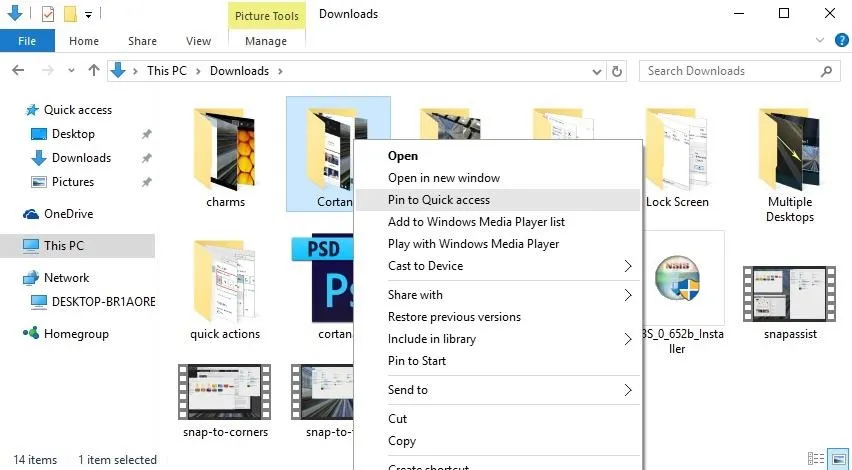
Conversely, to remove an item from your Quick access menu, just right-click the entry and choose "Unpin from Quick access."
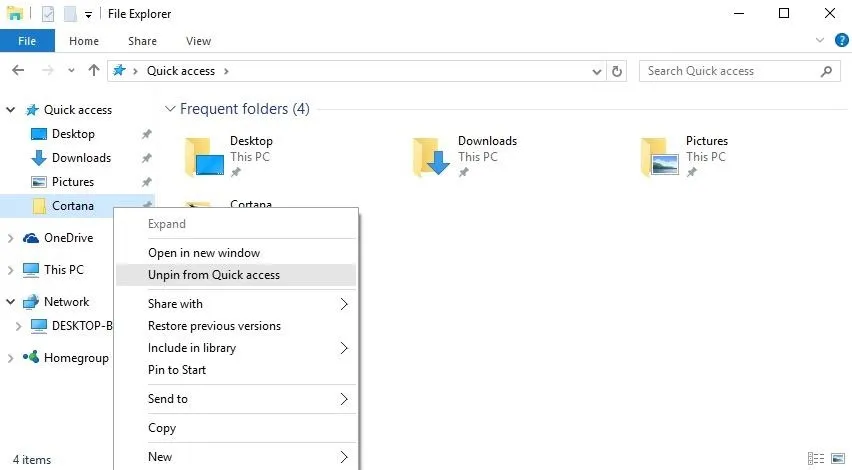
Bringing Back the Old Libraries Menu
If you were a fan of the Libraries feature in older versions of Windows, you'll be happy to know that it's still around—you'll just have to un-hide the feature to use it.
Start by heading to the View ribbon menu, then click the Navigation Pane option. From here, select the Show Libraries entry.

From now on, you can access your Libraries through the left navigation pane in File Explorer. For the uninitiated, Libraries allow you to access the contents of multiple folders in one view, which is handy for collections that span multiple locations such as videos or photos.
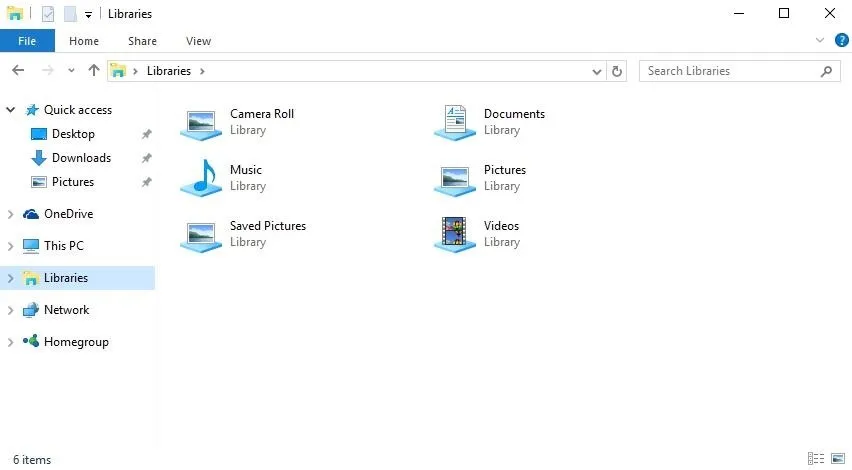
What are some of your favorite features in the new Windows 10 File Explorer? Let us know in the comment section below, or drop us a line on Facebook, Google+, or Twitter.




Comments
No Comments Exist
Be the first, drop a comment!